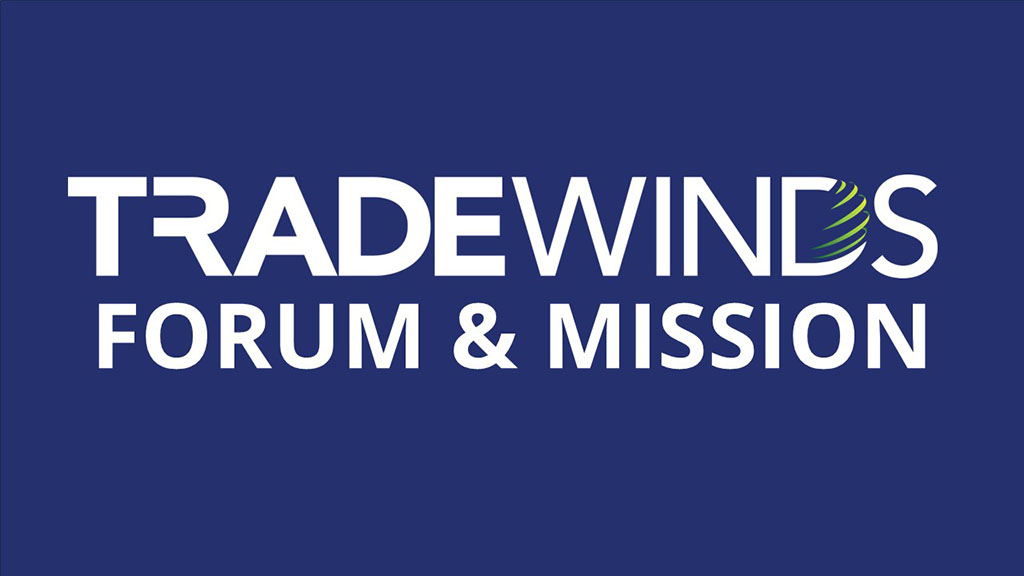Argentina
Brazil
Chile
Colombia
Uruguay
Tab Options
Argentina
Brazil
Chile
Colombia
Uruguay
Government: Presidential Republic Major Cities: Buenos Aires (capital), Córdoba (second largest city), Rosario (third largest city), La Rural (major convention center)Population: 47 millionCurrency: Peso Argentino (ARS)
Market Overview
Argentina is the third-largest economy in Latin America, one of the most urbanized nations worldwide, and a resource-rich country with enormous potential for further development. It has a talented and educated workforce with a 98% literacy rate according to OECD, and the highest level of English proficiency in LATAM.
Despite economic turbulence throughout the last few years, Argentina remains a major leader in international markets, presenting great business opportunities for U.S. companies in critical sectors of the economy, such as energy, mining, information & communications technology, healthcare, and agriculture, among others.
In December 2023, President Javier Milei took office and began taking measures to liberalize trade and bring about economic stability in the midst of hyperinflation and soaring debt. Thus far, the government has simplified import regulations and procedures, diminished public spending, reduced inflation, and principally, reduced the fiscal deficit.
Best Prospects and Actionable Opportunities
Aerospace & Defense
Agribusiness
Energy
Healthcare
Information & Communication Technology (ICT)
Government: Federal Republic Major Cities: São Paulo, Rio de Janeiro, Brasilia (capital), Belo Horizonte, Porto Alegre, Recife Population: 215 million Currency: Brazilian Real (BRL)
Market Overview
With the largest consumer market and GDP in Latin America, Brazil is an excellent market for experienced U.S. exporters seeking to tap into its diversified economy. Bilateral trade in goods and services between the United States and Brazil is approximately USD 110B per year. Brazil is the top export market in South America for U.S. companies. Having a local partner with in-depth knowledge of local market trends and regulations is critical to achieving export success. U.S. exporters across a wide range of industries continue to achieve results due to Brazil’s diversified domestic market and demand for international products, as well as a favorable view of technology and brands coming from the United States.
While Brazil may have it’s challenges for some U.S. exporters at the outset, there is high potential for success for those willing to invest the time and resources necessary to understand how to do business within this geographically diverse, resource-rich, and economically dynamic country. Progress in the bilateral commercial relationship has been gradual but continuous over the last decade, given multiple channels for dialogue between U.S. and Brazilian government officials as well as the private sector. In February 2022, the commercial relationship took an important step forward when the U.S.-Brazil Protocol Relating to Trade Rules and Transparency entered into force, which includes new commitments on Customs Administration and Trade Facilitation, Good Regulatory Practices, and Anticorruption.
Best Prospects and Actionable Opportunities
Aviation
Energy
Healthcare
Information Technology (ICT)
Safety and Security
Government: Representative democratic republic, whereby the President is both head of state and head of government, and of a formal multi-party system.Major Cities: SantiagoPopulation: 19.6 million Currency: Chilean Peso (CLP)
Market Overview
Chile is the wealthiest country in Latin America, boasting a GDP of $301 billion. Chile’s relatively stable economy, open market policies, zero tariffs, strong business practices, and rule of law make it an attractive export market for U.S. companies. The U.S.-Chile Free Trade Agreement (U.S.-Chile FTA), the only free trade agreement with the United States in the Southern Cone of South America, has been a cornerstone of this relationship: bilateral trade in goods and services quintupled over the past two decades since its signing. In 2023 alone, trade in goods between the two nations totaled nearly $34 billion, and services trade in 2023 reached nearly $11 billion. In December 2023, the U.S.-Chile Bilateral Tax Treaty entered into force further strengthening opportunities for trade and investment between the two countries. Overall, bilateral trade flows between the United States and Chile are well-balanced, with the United States exporting mineral fuels and machinery in exchange for Chile’s copper and agricultural products.
Best Prospects and Actionable Opportunities
Agricultural Machinery Information Technologies Safety and Security Clean Energy Technology
Mining
Government: Unitary republic with a presidential system. The President serves as both head of state and government, alongside a multi-party legislative assembly known as the Congress of Colombia. Major Cities: Bogotá (the capitol), Medellín, Cali, Barranquilla, Cartagena. Population: 51 million people Currency: Colombian Peso (COP)
Market Overview
Colombia has the fourth largest economy in Latin America and the third largest population with approximately 51.5 million inhabitants. The country boasts five major commercial hubs: Bogota, Medellin, Cali, Barranquilla, and Cartagena offering U.S exporters access to multiple commercial centers. While these cities offer unique market opportunities, they are close enough via air routes that it is common for U.S. firms to have one partner cover the entire country.
Best Prospects and Actionable Opportunities
Defense and Security
Education
Environmental Technologies Information and Communications Technology (ICT) Renewable Energy
Government: Presidential Republic Major Cities: MontevideoPopulation: 3.5 millionCurrency: Uruguayan Peso
Market Overview
Uruguay can function as a test market for those international companies that have no previous experience in the region. Uruguay is notable for its political stability and ease of doing business. Uruguay has a strong welfare state, with the most equal income distribution, largest middle class, and lowest percentage of the population in poverty in South America. In April 2022, Standard & Poor’s affirmed Uruguay’s investment-grade BBB rating and stable outlook. The U.S.-Uruguay bilateral relationship is strong, and Uruguay’s government and business sectors have a favorable view of U.S. business.
Uruguay has the highest GDP per capita in South America and is a first mover in several critical and emerging technologies, including ICT and renewable energy. In 2024, the U.S. and Uruguay signed a Memorandum of Understanding for Cooperation on Select Critical and Emerging Technologies, including commercial cooperation on AI, data, clean energy, telecommunications, biotechnology, semiconductors, and cyber security. Best Prospects and Actionable Opportunities
Healthcare
Information & Communication Technology (ICT)
Ports and Logistics
Renewable Energy
